Professions of medicine of the future

We talk a lot about neural networks and the development of artificial intelligence, but let's not forget that the new round of technological progress also affects other areas. Fighting aging, immortality, reducing the cost of medical services are all part of a vast ocean of opportunities that make the world an ideal place to live and work.
Biotechnologies and medicine are developing rapidly, and it is possible that in a few years they will need professionals whose specialization is difficult to imagine today. If you are in doubt about choosing a profession or want to advise someone to make the right choice in life, pay attention to medicine. Not today's medicine, but the promising industry in which IBM Watson makes a diagnosis in each district clinic.
Personal microflora manager
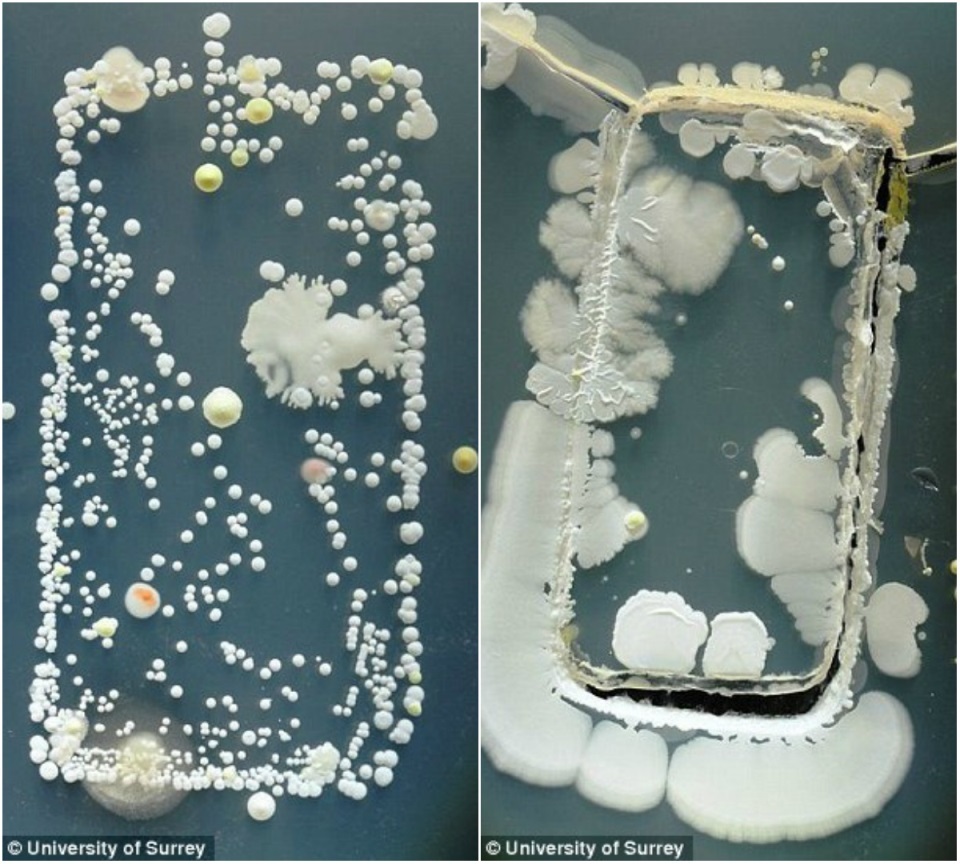
A huge number of bacteria live in us and on our things. The phone contains 18 times more bacteria than the drain handle in the men's public toilet.
')
We are just beginning to realize the complexity of the relationship between our being and the trillions of microscopic organisms that live inside and on us. At the moment, scientists suggest that microbial communities affect all aspects of our life, from body weight to the degree of vitality and mental health.
A full study of the chemicals contained on human skin has shown that many of them are remnants of cosmetic skin care products. This raises fears that all sorts of artificial chemical compounds destroy the ecosystem of the skin microflora. It can be assumed that in the future there will be specialists who will help people to be real “shepherds” for their microflora, teaching them how to cultivate, reject and maintain balance.
Attempts are continuing right now to do something useful with the bacteria. Geneticist Seth Shipman from Harvard University and his colleagues developed a technology for recording data in the DNA of bacteria. The theoretical limit of the density of information storage in DNA is 1 billion GB per cubic millimeter. Until now, scientists could bring a maximum of 11 bytes of data into a living cell, but Shipman managed to increase this number almost tenfold.
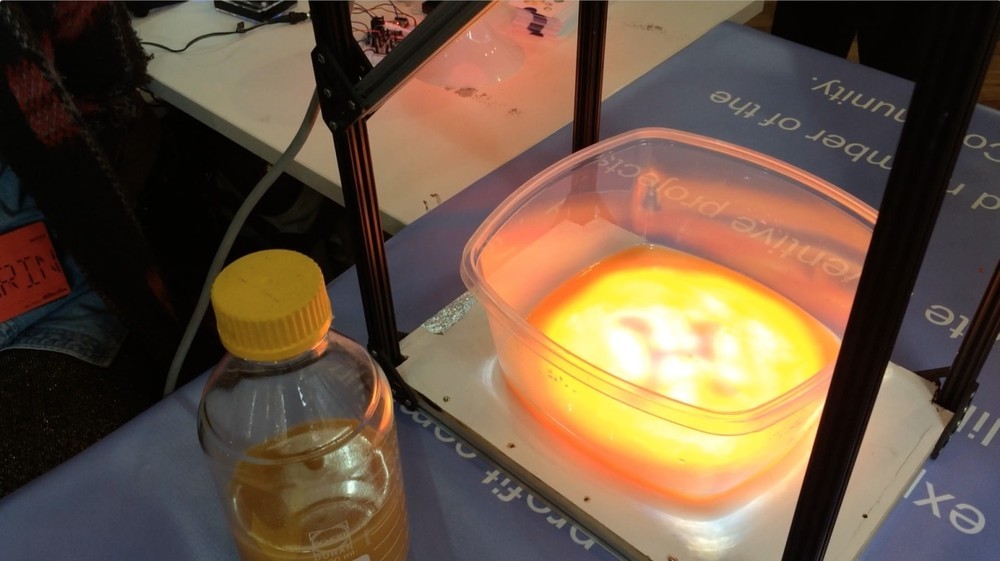
JuicyPrint is an actively developing project to create light-sensitive bacteria. Bacteria produce cellulose, and with some changes in the genetic code they can be made to react to light. Shine on them, and the production of pulp begins. Remove the light - production stops. With the advent of a biologically compatible and durable substance that can be reproduced and printed using light, completely new possibilities will open up for medical technology. The technology can be used for anything from organ regeneration to the creation of new arteries and vessels.
Selection Advisor
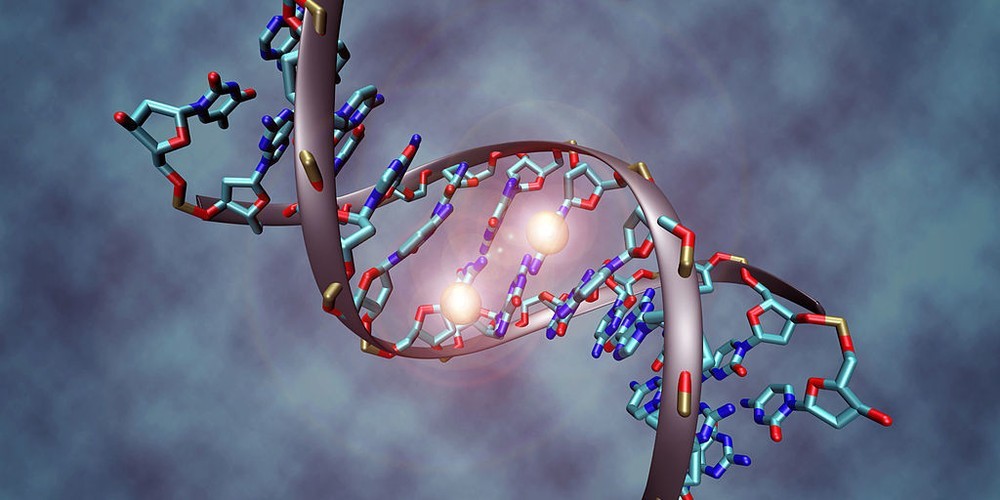
Chinese scientists reported successful gene correction of the human embryo . In particular, they worked with the CRISPR / Cas9 gene, which is responsible for the occurrence of β- thalassemia . This was the first documented intervention in the human genome that triggered another surge in debates about the ethics of such manipulations.
The film " Gattaka ", the work of consultant for the selection of signs.
Despite strong public resistance, it is unlikely that we can stop research on the modification of our genome. Someday this will be done not only to eliminate any diseases and mutations, but also to improve some features of perfectly healthy embryos. And it is time to think about how we can regulate the future market for custom-made services in the long term. This includes how to work with parents who want to improve their children genetically. A selection counselor could explain the boundaries of legality when interfering with the genome and help with advice on what and how can be changed in each particular case.
Mind Discharge Specialist Reintegrators
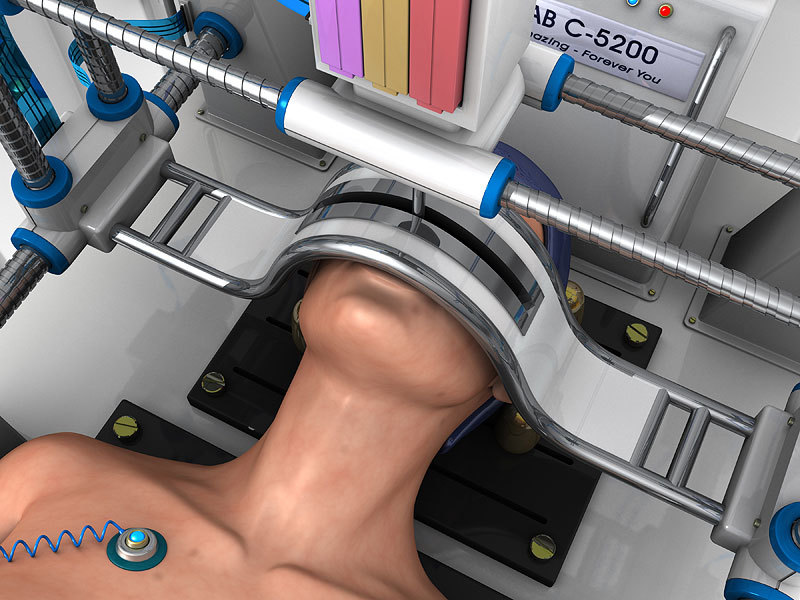
If our consciousness is encoded in the structure and activity of the brain, then as soon as we learn to draw up a detailed diagram of the interaction of all neural connections, it will be possible to create copies in another suitable medium. For example, in a supercomputer.
Unloading the human mind by someone is considered as one of the possible ways of the development of human civilization. But it can also be an effective way to “temporarily store” the minds of people whose bodies were destroyed or damaged while new bodies are being prepared for them.
Who knows what transformations can happen to the human consciousness while it is being distilled from flesh to silicon and back. Especially when a person wakes up in a new body in a completely changed world. Reintegrating specialists could help those “arrived” from supercomputers to adapt both physically and socio-culturally. Perhaps, for this purpose original quarantine digital-physical zones will be used, facilitating the transition from digital being to physical for the mind. So that they get used to the fact that they live, breathe, they have bodies with all their advantages and disadvantages.
Telesurgeon
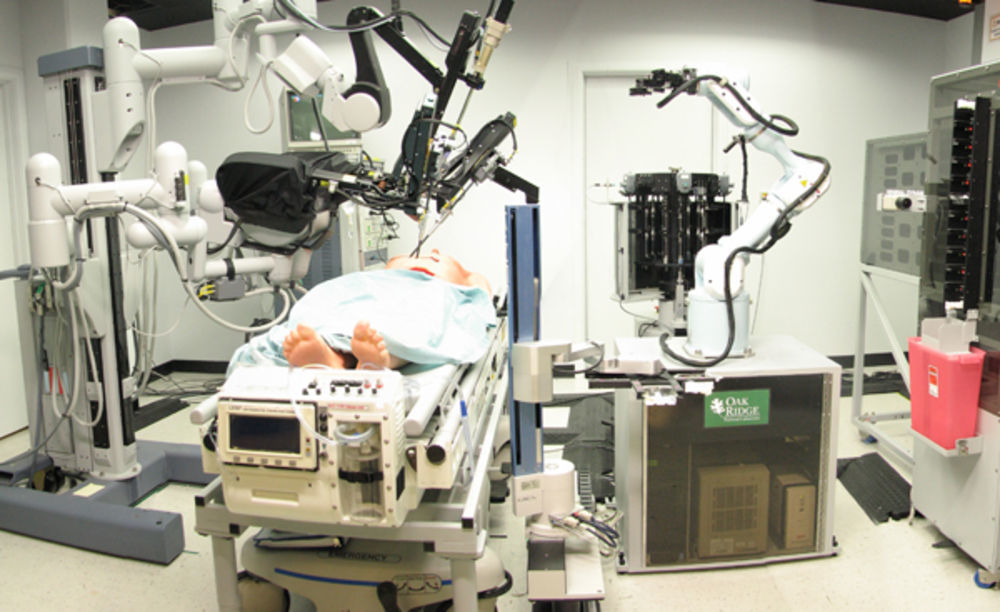
Tele-surgery is an operation using a robotic installation, which is remotely controlled by a doctor. Such equipment already exists and is quite a valid. But one of the main obstacles on the way to a bright tele-surgical future is the very high cost of facilities. If in the future we succeed in reducing the cost of these systems by many times, then this will solve the problem of the lack of highly skilled surgeons. In addition, it is more convenient to take patients to the nearest teleoperative, rather than to major cities and medical centers.
The development of robotics will significantly increase the capabilities of the facilities themselves, partially automating routine surgical operations. You can even imagine the emergence of mobile teleoperative, able to assist in hard-to-reach areas, as well as in disaster zones.
Organ growing specialist
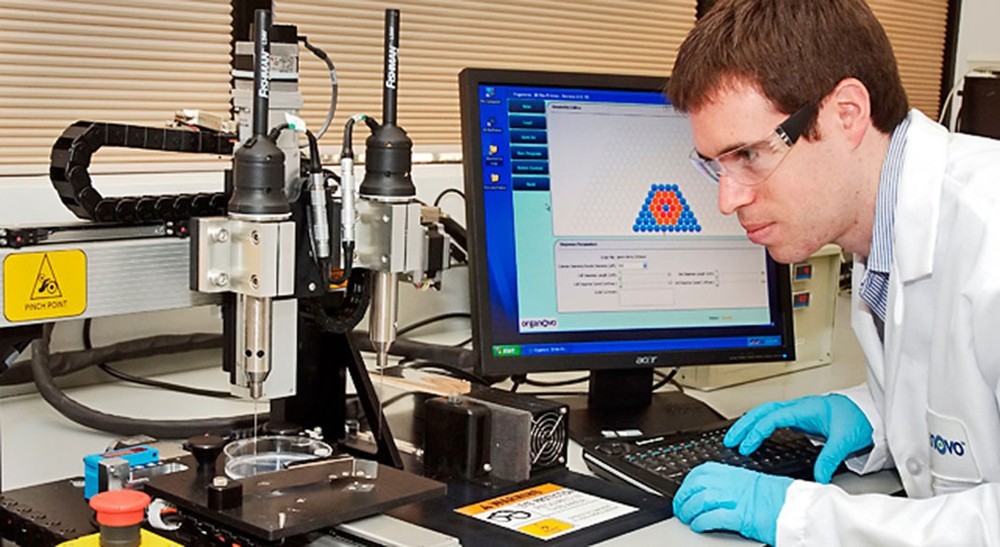
Even today, the lack of donor organs is a huge problem that has created a shadow criminal market. In the United States, there are 120,000 people in need per year for the 28,000 organs available for transplantation. It is estimated that about 35% of deaths could be prevented by making an organ transplant in time. So now there is a great interest in growing organs in the laboratory.
With the development of restorative medicine, our capabilities for “producing” organs are growing. One of the leaders in this field, Organovo has developed a biological 3D printer. Researchers have already been able to create tissues of an artificial liver, which are almost identical to natural ones both in structure and in function.
A different approach is also explored when a kind of body is created on a 3D printer - a heart, liver, kidney or lung - and then the missing tissues are enlarged with the help of the patient’s stem cells . It turns out a completely new body, already ready for transplantation. So it is quite possible to hope that in the future it will become a mass phenomenon.
Synthetic protein designer
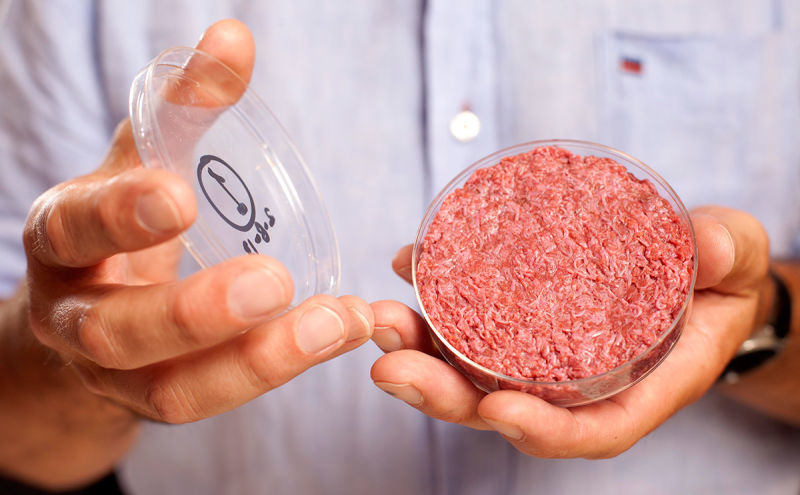
The population of the planet is growing rapidly, and given the limited resources for food production, we may soon face a shortage of food on a planetary scale. According to UN data , the average world meat consumption per capita doubled from 1961 to 2007. And by 2050 still doubled. But infinitely increasing the herds of animals will not work, because they, too, must be fed and watered, and with crops, and fresh water, tension is also expected. So there are many prerequisites for the development of technologies for the mass production of synthetic proteins.
The startups Modern Meadow and Beyond Meat have already been noted in this area. They are exploring the possibility of growing meat in vitro, as well as creating meat substitutes.
Animal Revival Specialist
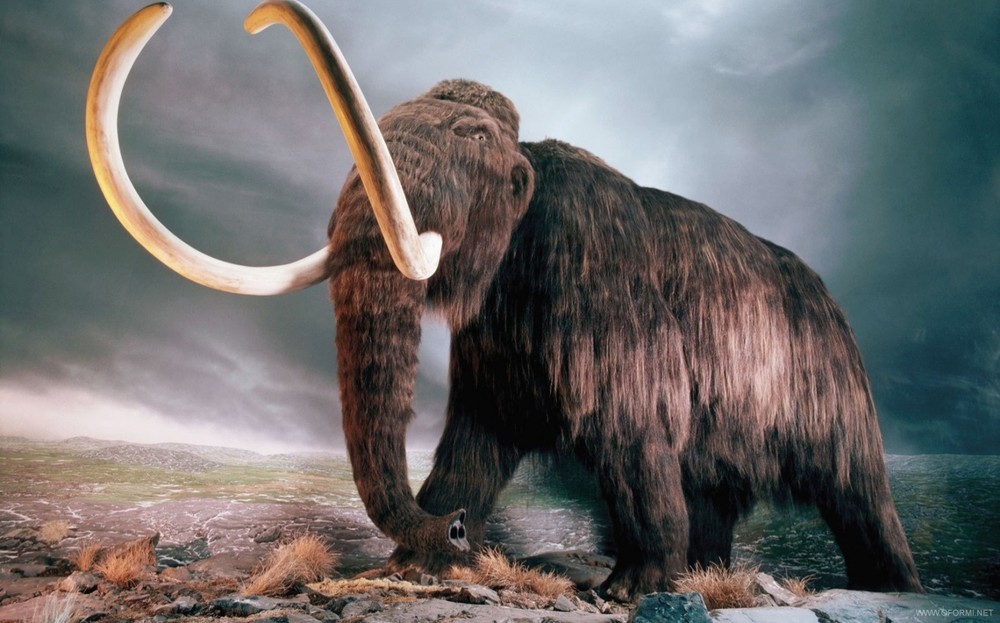
Today, many scientific teams around the world are puzzled over how to revive various types of extinct animals. There was already a lot of speculation on the topic of mammoth resemblance, even dreamed of recreating some dinosaurs. But this will have to solve the most difficult problems, such as the restoration of degraded available DNA, preserved in the remains and fossils, fertilization and gestation with unpredictable results. Although the goal of all this is very noble - the restoration and preservation of destroyed parts of the planet's ecosystem.
Take the same mammoths. If you manage to create animals close to the ancient hairy elephants, then with their help it was possible to prepare arid desert areas for reforestation. True, it is completely unknown how recreated species will exist in new ecosystems to which they once could not adapt. And here, invaluable assistance can be provided by specialists in the revival of species that will manage the adaptation of animals to environmental conditions, while at the same time preventing undesirable effects on existing ecosystems.
Specialist in maintenance of biomechanical systems (medhanik)

For the tattooist who lost his arm, they created an unusual prosthesis with an integrated tattoo machine.
Science fiction and cinema continue to prepare us for the appearance of cyborgs. Why, they have actually appeared: take a look at modern high-tech prostheses. And in the future, the synthesis of the living and the artificial will be able to take amazing forms. And such complex and unfamiliar humanity designs need someone to maintain. Such specialists should have not only medical education, but also be able to work with complex precision mechanics and electronics.
Such "medkhaniki" can go to the house to customers, or take them in specialized salons, workshops. A kind of car service analogue, only for people with artificial limbs, implants and complex body modifications. Most likely, there will be specialists in the psychological adaptation of cyborgs. After all, people without artificial parts of the body are unlikely to understand the needs and requirements of cyborgs, and demand will generate supply.
Master pharmacist

Nootropics appeared in 1964 with a chemical cocktail called piracetam. Created by the Romanian chemist and psychologist Cornelius Jiurga, the medicine marked the beginning of modern nootropics. According to Jiurga, cognitive abilities can be improved with medication, as well as increased activity between the hemispheres of the brain. And all this without toxic additives or the effect of addiction. Source of
Perhaps the development of personalized medicine, the availability of genetic engineering and the possibility of rapid drug development will lead to the emergence of a market for custom-made medicines designed for specific customers. To develop tiny lots of such funds will be master pharmacists, who previously studied the client's genetics, history of diseases, socioeconomic environment, habits and daily routines, etc.
Connect Architect
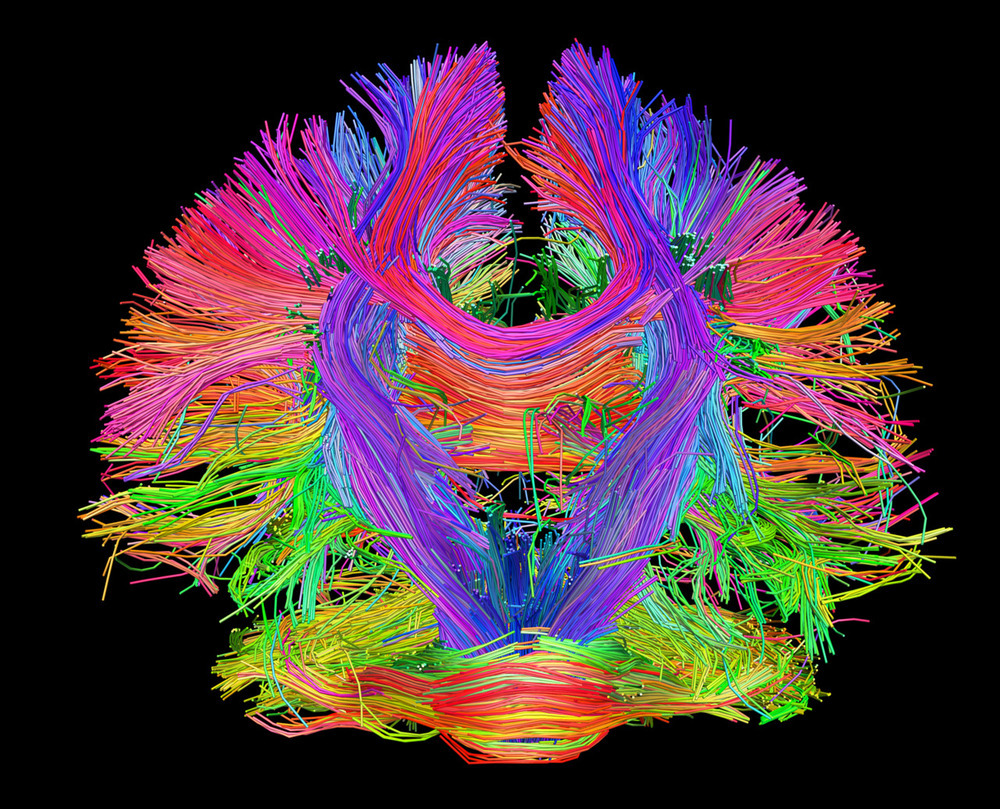
The density of neurons in the human brain reaches 115,000 per mm 3 . And each neuron creates up to a thousand connections with other neurons. The complexity of the resulting system inside such a cube is already breathtaking. Now add to this that the brain of an adult has a volume of about 1.3 million mm 3 .
In general, there are a lot of connections between neurons. The schema describing these connections is called a connect. And the task of building a complete connectoma of the human brain is considered to be one of the most difficult.
It will probably be resolved in the future. If we manage to create a complete connection, this will allow us to understand the origin of many brain diseases, including mental ones. And neurosurgeons of the future will be able to perform point surgeries with the help of connections. It is even possible that connectoma will improve cognitive abilities.
* * *
Futurists rarely get a chance to exclaim, “I told you! I predicted 40 years ago. ” But the next generations are surprised by the foresight of the authors of the predictions. Who knows, maybe something from the above will become a reality. Perhaps even earlier than by the middle of the century.
According to the “ Atlas of new professions ”, up to 2050, 186 new professions will appear, 16 of them in the field of medicine. At the same time, the focus of attention of the medicine will change towards maintaining health. We can only live to see this wonderful time.
Source: https://habr.com/ru/post/369591/
All Articles